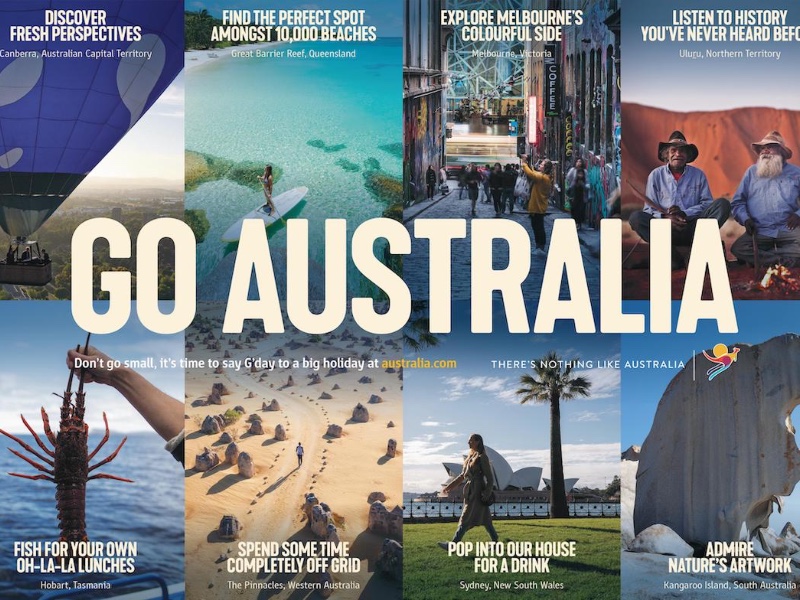
Today, Australia’s international border reopens to tourists for the first time since it was slammed shut on 20 March 2020. This is great news for people who’ve been trying to get to Australia and haven’t been allowed in for the past 23 months. It’s also cause for optimism among Australia’s tourism operators.
There will no doubt be an initial rush of people travelling to reconnect with friends, as well as family members of Australians who didn’t previously qualify to enter the country. Perhaps, there will even be a few brave people coming for a holiday.
Australia’s struggling tourism industry needs all the international tourists it can get as it tries to recover from a disastrous couple of years. But Australia’s tourism industry now faces a new challenge: many international visitors don’t want to come here anymore.
The Australian government has spent the last two years making it abundantly clear that it didn’t want people coming into the country from overseas. For much of the pandemic, it deliberately made it near-impossible even for desperate Australian citizens to return home.
You can’t just tell people for two years that they’re not welcome to come into this country, and then suddenly expect a rush of tourists flocking to visit the second the borders are flicked open. People have long memories and international tourists can now choose from a lot of other destinations that are more attractive, cheaper, less risky and impose fewer entry requirements.
Tourism Australia’s new campaign
With this in mind, Tourism Australia has a tough job. But they are making an admirable effort to try to win back the hearts and minds of overseas visitors with a new campaign: “Don’t go small. Go Australia”.
The $40 million advertising blitz is running in key overseas markets including the UK, United States, Canada Germany, France and Italy. The campaign will air on TV, in newspapers & magazines, and on social media, and has included ads being shown on famous landmarks in New York, London and Paris.
Tourism Australia is also continuing to advertise in Singapore, and will roll out campaigns in other Asian markets such as India, Malaysia, South Korea, Japan and China as borders continue to reopen.
“The world has been waiting two years to get Down Under for a holiday and our latest ad campaign will remind them of what they’ve been missing,” federal Trade, Tourism and Investment Minister Dan Tehan said.
“This new campaign is just the first step in a long-term strategy to restart tourism to Australia, with further investment in tourism marketing campaigns internationally to come in the second half of the year.”
A long road ahead to win back tourists
Unfortunately, a few colourful advertisements will not be enough to restore international tourism to pre-pandemic levels – at least in the near-term.
The Sydney Morning Herald recently reported that Australia has become the least desirable tourist destination for Brits. If the comments on a recent Facebook post by the Australian High Commission in the United Kingdom are anything to go by, that assessment would seem fairly accurate.
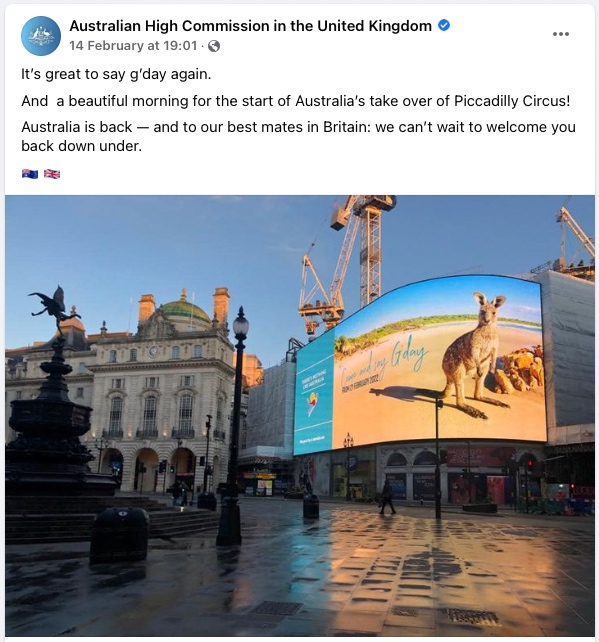
The post was innocent enough, highlighting Tourism Australia’s new campaign. But in the comments, people were quick to point out that even many Australians still can’t travel to Western Australia, that Australia turned its back on citizens who were overseas when they needed help most, and that they don’t want to travel to Australia out of fear of more snap COVID lockdowns, border closures or new restrictions being introduced at short notice.
Thankfully, WA will finally open on 3 March (assuming there isn’t another backflip from WA’s Premier) and the risk of more snap lockdowns within Australia now seems low. But whether these concerns or justified or not, that’s the perception on the ground in the UK. There’s a general lack of trust in Australia that will take time to rebuild.
There’s also the obvious problem that some of Australia’s largest pre-COVID sources of inbound tourists – China and New Zealand – are still more or less closed. People in these countries could now travel to Australia if they really wanted to, but they’ll face a lengthy quarantine period upon their return home.
With international travel still more difficult and risky than usual – even for people who want to come to Australia – the tourism industry is expecting a long road to recovery. But at least Australia is finally taking its first step towards this with today’s reopening of the border to tourists.
For the sake of Australia’s many tourism businesses that have hobbled through the pandemic on life support, hopefully overseas sentiments towards Australia will change quickly. But Australia may need more than just a flashy advertising campaign or a new logo.
You can leave a comment or discuss this topic on the Australian Frequent Flyer forum.


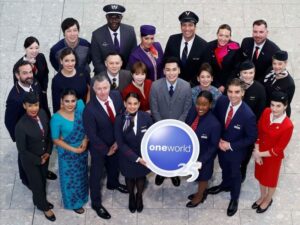

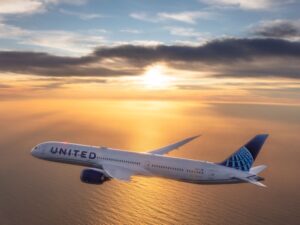

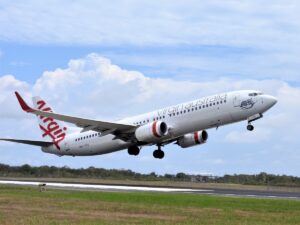



























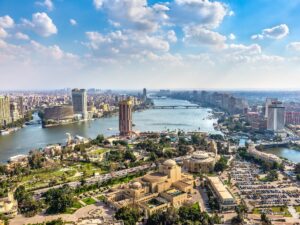










































Community Comments
Loading new replies...
Join the full discussion at the Australian Frequent Flyer →